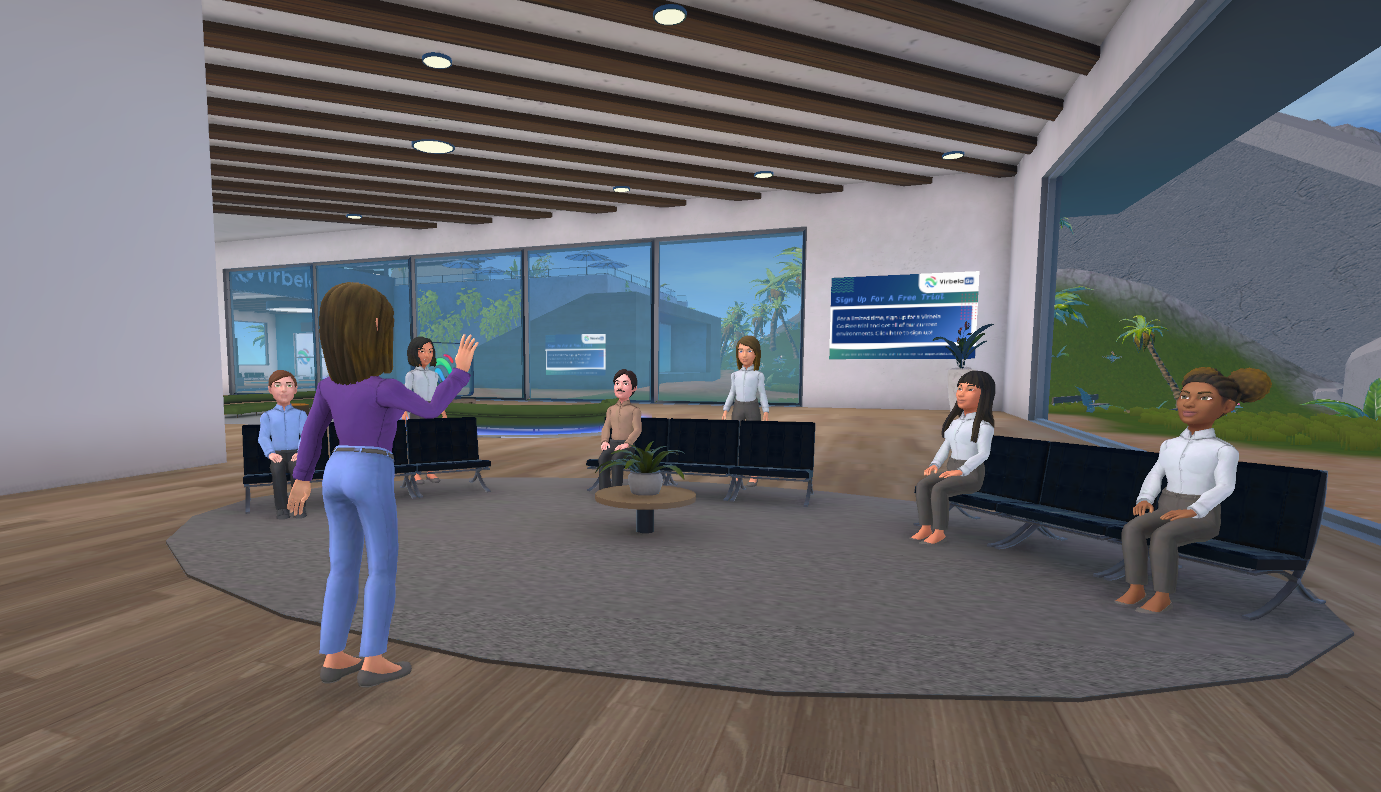One of the biggest things remote work took from us? Spontaneity.
In traditional offices, some of the most valuable conversations didn’t happen during meetings, they happened between them. A hallway chat that unlocked a new idea. A kitchen run-in that turned into a project update. A quick “got a sec?” on the way to someone’s desk.
These moments of casual connection — unstructured, unplanned, and often unspoken for — are the glue that holds workplace culture together.
But in a remote-first world dominated by scheduled Zoom meetings and asynchronous messages, that spontaneity is harder to come by. And it’s costing us.
The Problem with Calendar-Centric Culture
Distributed teams have leaned heavily on structured communication to stay connected. But rigid calendars and back-to-back video calls leave little room for the informal, serendipitous moments that build trust and spark innovation.
Here’s what we’re missing:
- Cross-team visibility: Without random run-ins, we lose awareness of what others are working on.
- Organic feedback loops: Casual chats often surface issues or ideas that structured meetings miss.
- Human connection: Impromptu interactions foster camaraderie, reduce isolation, and create psychological safety.
In short, we need a new way to bring unplanned presence back into the remote workplace.
From Zoom Fatigue to Spatial Freedom
That’s where virtual campuses come in, and why platforms like Virbela are gaining traction with distributed teams looking to bring life back into remote work.
Unlike video conferencing tools that only operate on an invite basis, Virbela offers a persistent, immersive environment where employees can drop in, not just log in.
- Walk the virtual halls.
- See who’s in the lounge, break room, or team pod.
- Tap a teammate on the shoulder (virtually).
- Strike up a conversation without scheduling a meeting.
It’s like an office without walls, open 24/7, whether you’re deep in focus mode or just looking for a quick chat.
Recreating Casual Encounters in the Virtual Office
1. Always-On Spaces for Serendipitous Interaction
Virbela’s always-on campus means you can pop in anytime, no links or invites needed. Just like walking into a physical office, the opportunity to run into someone is always there.
2. Proximity-Based Audio Makes Conversations Natural
Spatial audio makes it possible to have a quiet conversation while others chat nearby, without disruption. It mimics real-life social dynamics in a way that flat video calls can’t.
3. Informal Zones Encourage Connection
Create virtual cafés, lounges, or outdoor hangouts where people feel comfortable relaxing and chatting casually. These aren’t just aesthetic; they foster a culture of approachability and collaboration.
4. Mobile Access with Virbela Go
Not at your desk? No problem. With Virbela Go, you can check in on your team or have a quick catch-up from your phone, whether you’re between meetings or working from the park.
The ROI of Spontaneity
It might seem like a small thing, but enabling informal encounters can drive big impact:
- Faster problem-solving
- Improved team morale
- Stronger culture and retention
- Increased innovation through cross-functional dialogue
When people can move freely and engage authentically, it unlocks a level of connection and creativity that calendars and chat threads alone can’t offer.
Don’t Just Zoom In, Drop In
Spontaneity is not a luxury, it’s a necessity for healthy, high-performing teams. If your remote workplace feels too quiet, too formal, or too siloed, it may be time to rethink how your team shows up.
A virtual office doesn’t have to be just a replacement for meetings. It can be a space for connection.
Want to See What Casual Collaboration Looks Like?
Step into Virbela and experience how spatial environments bring spontaneity back to remote work. Reach out today and schedule a demo.




.gif)
